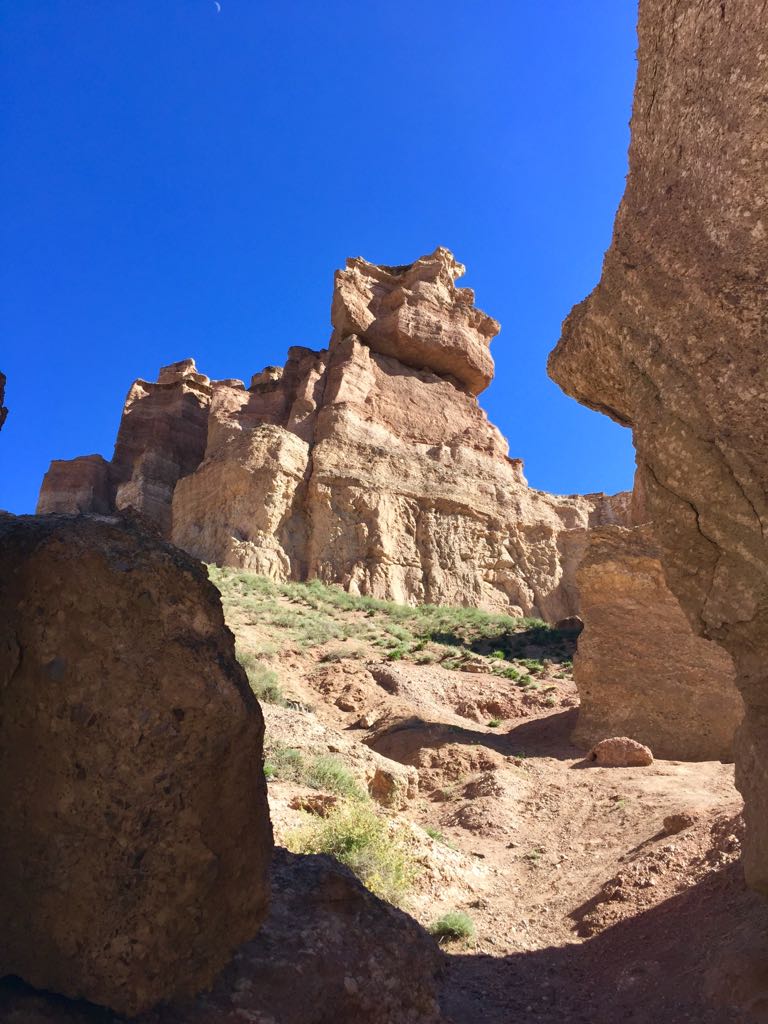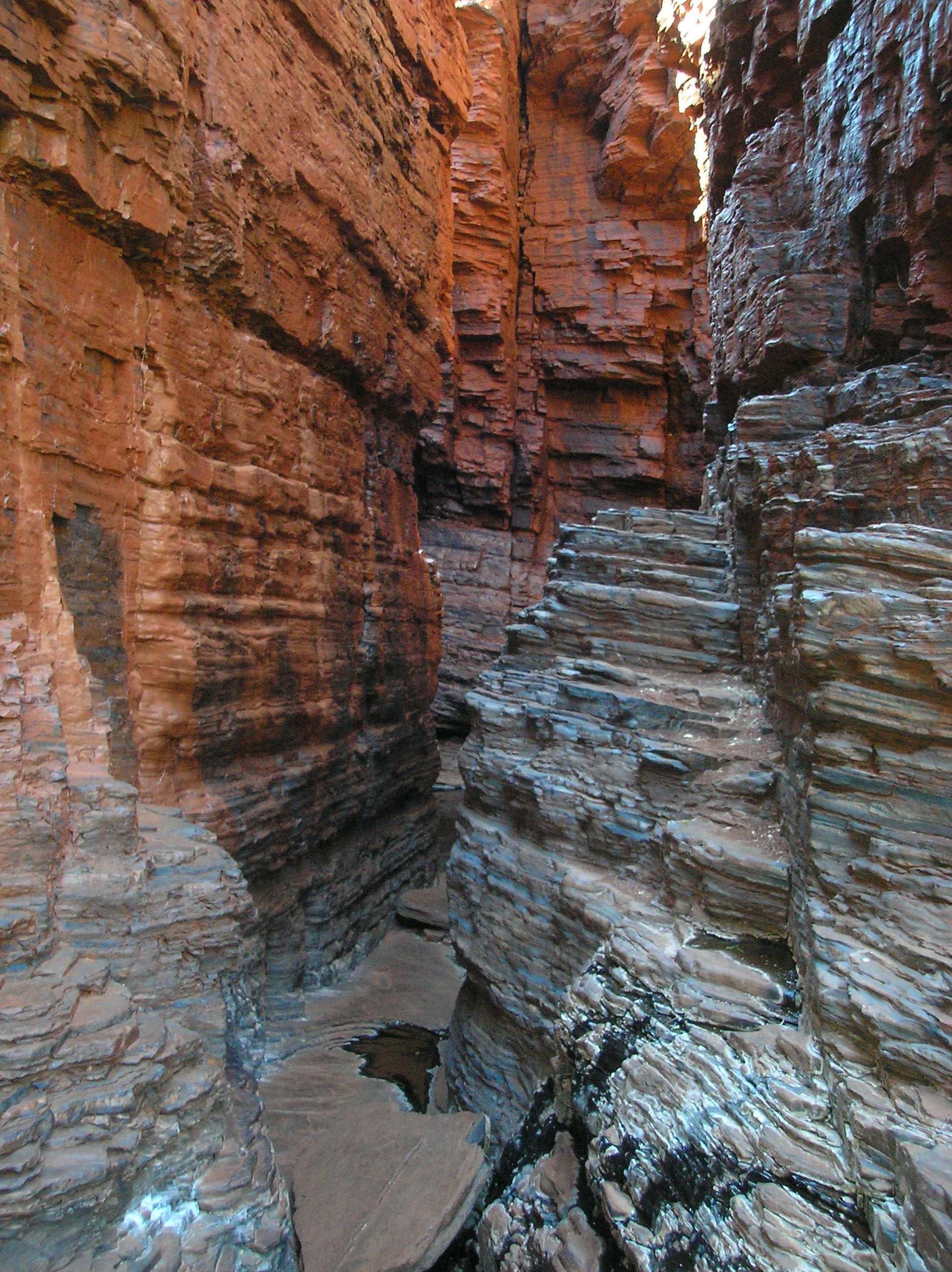Ayers Rock and The Olgas dazzling in different lights

Summary
It’s a big rock in the middle of the desert. Famous, for sure, but just a big rock . . . right? This is the general view of many people who haven’t visited Uluru (Ayers Rock) before. In reality, the experience offers so much more. Why? Well:
- Firstly, the rock itself is just huge – 3.6km / 2.2miles long, rising 348m / 1140ft up, and, with two-thirds of the rock still lying beneath the sand, it is the largest single monolith in the world. So, simply staring at it from close or afar is an experience you won’t forget in a hurry
- Secondly, the rock gives the mesmerising impression of changing colours through the day from red to orange to purple, and the changes are surprisingly dramatic – enough to make you gasp looking back at your photos, especially for sunrise and sunset
- Thirdly, the site is not only about Uluru (Ayers Rock). 35km / 22miles from Uluru are Kata Tjuta (the Olgas) – domed rocks that are actually taller than Uluru, typically a bit less busy and no less impressive
- Finally, so much of the trip is about being in the red centre of Australia – the red sand, big skies, Aboriginal culture, sapping heat and general feeling of adventure. A great feeling
Overall, a superb experience and a truly Australian one
Only one tip – I wish I’d cycled around Uluru. It’s only around 15km / 9miles all the way round, including stops right next to the rock itself. Would really add to the “fun factor”
highlights

#1 Staring at this magnificent rock / giant monolith / cultural centre / world famous site and watching its mesmerising colours change throughout the day

#2 The nearby Olgas - collectively larger than Ayers Rock and no less impressive

#3 Being in Australia's Red centre with its oppressive heat, red sand and adventure of it all

#4 Up close and personal with the rock and seeing it dauntingly leaning above you with its at times impossibly steep slopes
Experiences nearby

The below map shows experiences nearby with a colour that reflect the Overall Score of those experiences
Score Detail
Background - how many times have you asked someone what a travel experience was like and the response was "amazing" or "awesome"? That response is nice to know, but it makes it hard to differentiate that experience compared to others. That is exactly what these scores are trying to do - differentiate the experience by giving a score out of 10 based on 6 categories and then giving an overall experience score
This overall experience score is calculated by: take the highest of the "Culture" or "Nature" score (1-10) + "Fun factor" (1-10) + "Avoiding the crowds" (1-10) + highest of the "Unique" or "World Famous score" (1-10). Then convert into a score out of 100
Extra detail - the logic being that I find all of the 6 individual scores important, but I don't want to mark an experience down just because it doesn't cover both "Culture" and "Nature", or because it isn't both "World Famous" and "Unique". Take the examples of Safari in The Serengeti and walking through Rome - they both appeal at opposite ends of the nature / culture spectrum, and you can have a fantastic time without needing to appeal to both sides. So, their overall scores aren't penalized for their lack of one or the other, and I've done the same for "World Famous" vs "Unique". But . . . I do think that the "Fun factor" of an experience is important, irrelevant of other factors, and so is "Avoiding the Crowds" (or where there are crowds that add to the experience). So, both of these scores are standalone
















